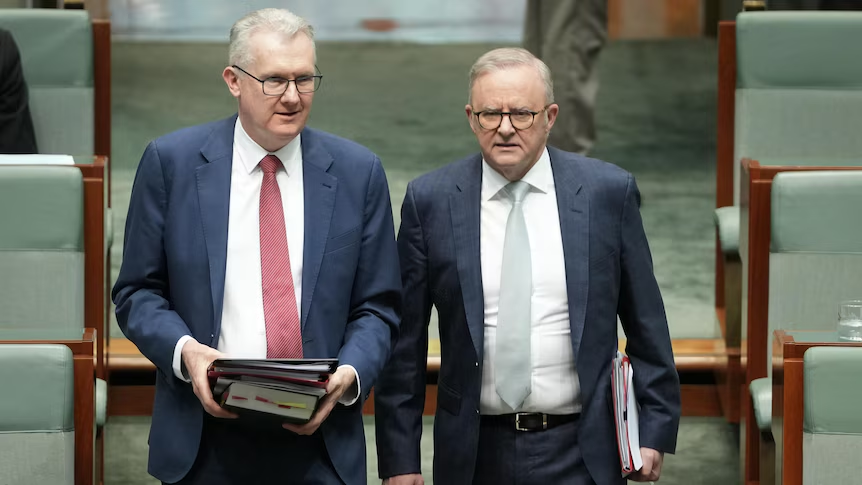The Australian government will keep permanent migration numbers unchanged for 2025-26, confirming a total of 185,000 visas. The allocation will mirror last year’s distribution between skilled workers and families of current residents.
This decision comes after nationwide anti-immigration protests, some involving extremist groups, which Prime Minister Anthony Albanese condemned, saying they “are not the Australian way” and emphasizing the positive contributions of migration to the country. Protests took place in several cities, including Melbourne and Townsville. In Melbourne, clashes between police and protesters led to the use of pepper spray. Concerns have centered on recent spikes in net migration, which rose after the pandemic and have begun to ease.
Permanent migration mainly benefits people already living in Australia and does not directly affect net migration, which is mostly determined by temporary visa holders such as international students. Labor has maintained a steady approach to the permanent migration program throughout its term. In 2022-23, 195,000 permanent visas were granted, followed by 190,000 in 2023-24. The current and upcoming financial years are set at 185,000 visas each. Former Liberal leader Peter Dutton had proposed reducing migration programs, pledging a permanent visa cap of 140,000 for 2025-26 if elected. Labor’s choice to retain current levels reflects a cautious and consistent strategy.
The permanent migration program balances skilled workers and family members. Skilled visas support the labor market and economic growth, while family visas reunite relatives already in the country. The 2025-26 allocation maintains this balance, continuing the approach of previous years. Migration plays an important role in Australia’s economy. Skilled migrants fill workforce gaps, contribute to tax revenue, and support industries facing labor shortages. Family migrants strengthen community ties and help sustain population growth in regional areas. Prime Minister Albanese stressed that migration strengthens Australia’s diversity and prosperity, countering claims from anti-immigration groups. Officials say maintaining steady visa numbers ensures predictability for both the economy and migrants.
While public debate continues, the government is expected to monitor migration trends and adjust temporary visa policies to manage population growth and labor market needs. Net migration, largely shaped by temporary arrivals, has started returning to pre-pandemic levels. Keeping permanent migration at 185,000 reflects a balance between economic requirements and social cohesion, signaling continuity in Australia’s immigration approach despite protests and political debate.

